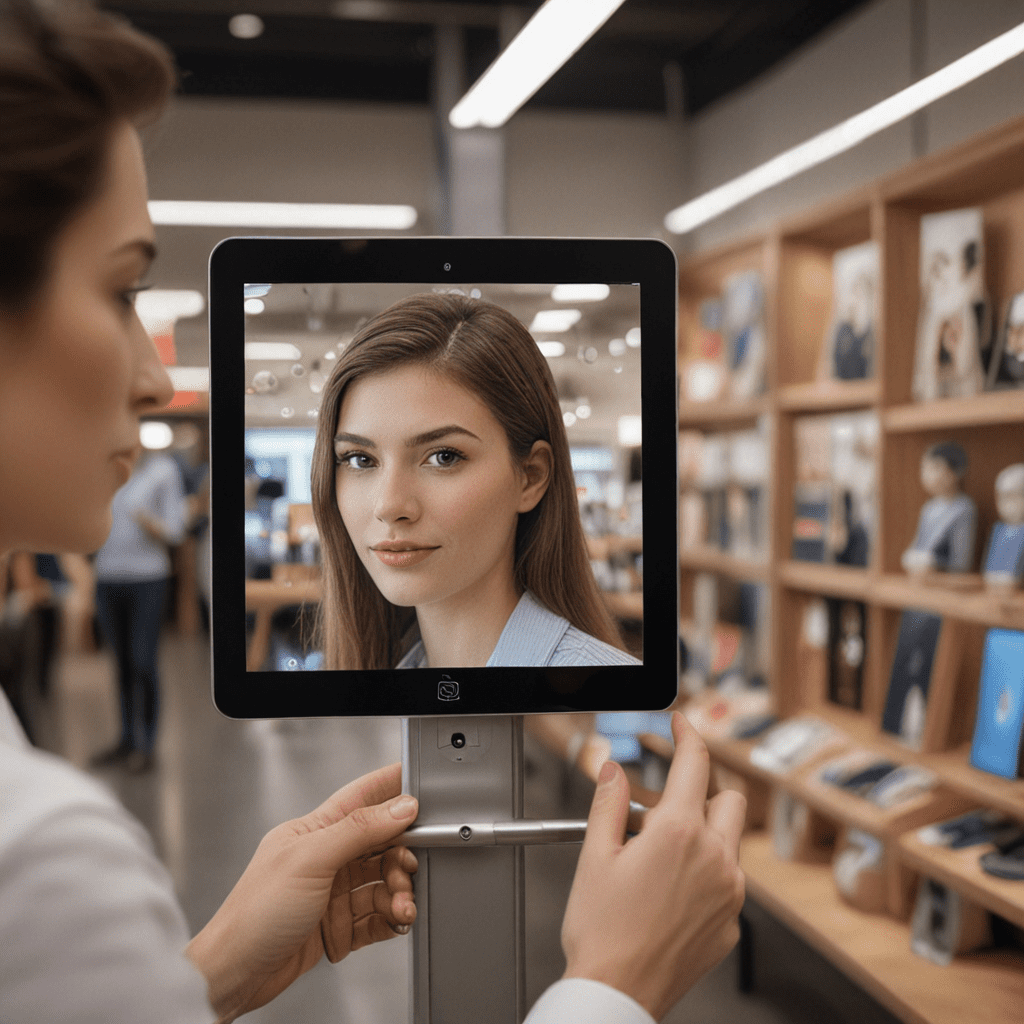Introduction
Facial recognition technology has emerged as a groundbreaking solution for streamlining border crossing procedures, offering a host of benefits to travelers and border authorities alike. By leveraging advanced algorithms and sophisticated software, facial recognition systems can provide accurate and efficient identity verification, reduce wait times, and enhance security measures.
Benefits of Facial Recognition in Border Crossing Procedures
The integration of facial recognition technology into border crossing procedures presents numerous advantages, including:
Accuracy and Efficiency
Facial recognition systems utilize advanced algorithms to match facial features with stored biometric data, ensuring highly accurate identification. This level of precision significantly reduces the risk of false matches, leading to faster and more efficient border crossings.
Reduced Wait Times
By eliminating the need for manual document checks and interviews, facial recognition technology automates the verification process, resulting in reduced wait times for travelers. This expedited process allows border authorities to process more travelers within a shorter time frame, alleviating congestion and enhancing traveler convenience.
Enhanced Security Measures
Facial recognition systems contribute to enhanced border security by providing real-time identification and matching against databases of known suspects or individuals of interest. This capability enables border authorities to detect and prevent potential threats, ensuring the safety and integrity of the border.
Personalization and Convenience
Facial recognition technology allows for personalized border crossing experiences tailored to each traveler's needs. Frequent travelers can enroll in trusted traveler programs, enabling them to bypass regular lines and enjoy expedited screening processes.
Ethical Considerations
While facial recognition technology offers numerous benefits, it also raises ethical concerns that require careful consideration.
Privacy and Data Protection
The use of facial recognition systems involves the collection and storage of sensitive biometric data. It is essential to establish robust data protection regulations to ensure the privacy of travelers and prevent unauthorized access or misuse of personal information.
Bias and Discrimination
Facial recognition algorithms have been found to exhibit biases and inaccuracies based on factors such as race, gender, and facial characteristics. Addressing these biases and ensuring fair and equitable treatment for all travelers is crucial to maintain public trust.
Implementation and Future Trends
The implementation of facial recognition technology in border crossing procedures requires careful planning and collaboration among stakeholders. Robust infrastructure, interoperability standards, and ongoing research and development are essential to ensure seamless integration and long-term success.
FAQs:
Q: How secure is facial recognition technology?
A: Facial recognition systems utilize advanced algorithms and comprehensive databases to provide highly accurate identification, contributing to enhanced border security.
Q: Does facial recognition technology violate my privacy?
A: Ethical guidelines and data protection regulations are in place to ensure the responsible use of facial recognition technology, protecting the privacy of travelers.
Q: How can I enroll in a trusted traveler program?
A: Contact your respective border authority or visit their official website for information on enrolling in trusted traveler programs designed for frequent travelers.


